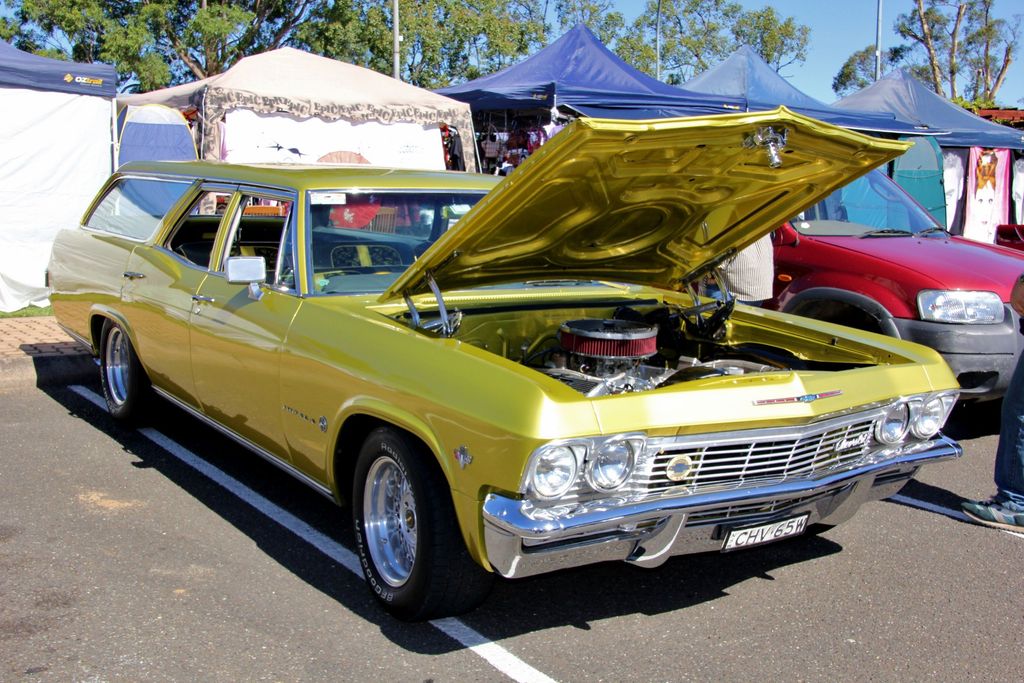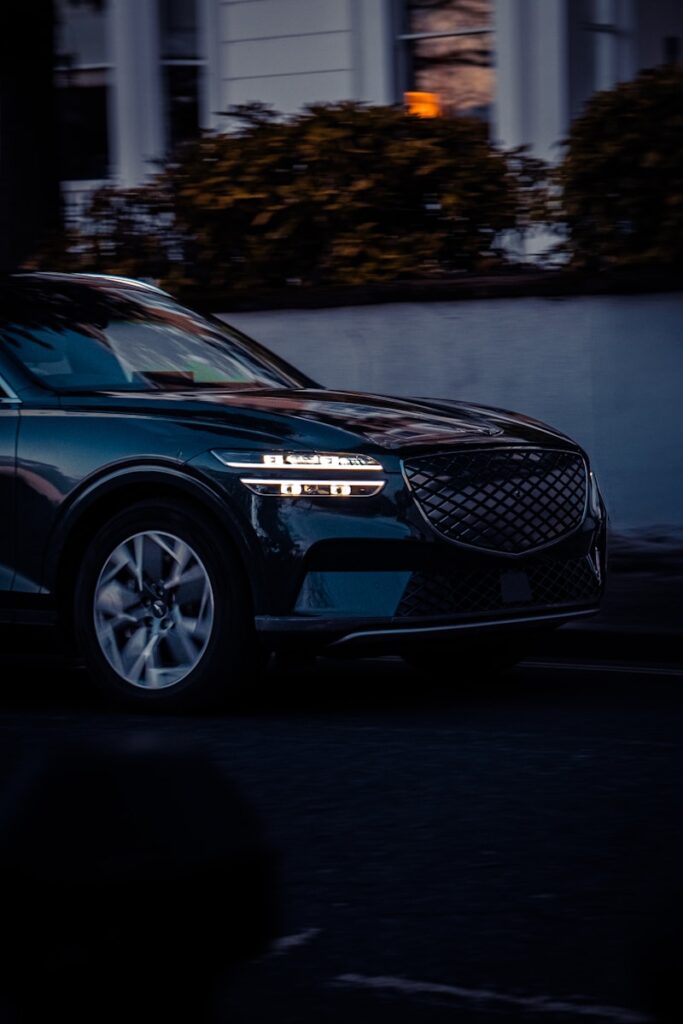
Electric vehicles (EVs) have long been heralded as the future of personal transportation, promising a cleaner, quieter, and potentially more cost-effective driving experience. As technology advances and environmental consciousness grows, the appeal of transitioning to an electric drivetrain, particularly in the luxury SUV segment, has captivated many consumers. These high-end electric SUVs, from established brands to ambitious newcomers, often come with impressive specs, cutting-edge technology, and a price tag that positions them as premium investments.
However, the reality for many owners is turning out to be a far cry from the glossy brochures and aspirational marketing. Despite the rising popularity of electric vehicles, recent data paints a concerning picture: Consumer Reports’ latest annual survey, drawing on insights from over 300,000 car owners, revealed that electric cars experience a staggering 79% more reliability issues than their traditional gas-powered counterparts. This stark statistic underscores a fundamental challenge that cuts across the entire EV landscape.
For those considering a luxury electric SUV, the stakes are even higher. Consumers paid an average of $52,314 for electric vehicles, approximately $10,000 more than gas-powered alternatives, according to 2024 data from Cox Automotive. When investing such a significant sum into a vehicle that promises a premium experience, the expectation for flawless performance, dependable reliability, and strong retained value is paramount. Unfortunately, a closer look at several prominent luxury electric SUVs and the issues plaguing them reveals a series of ‘nightmares’ that are leaving owners disillusioned and questioning their high-priced purchases.
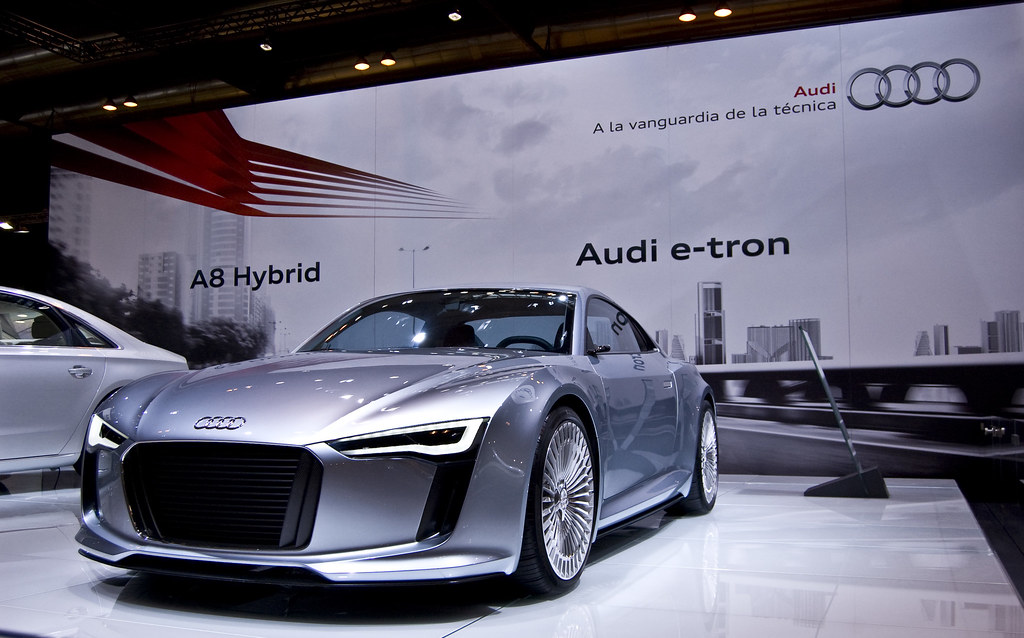
1. **Audi E-Tron: High Costs and Low Trust Scores**: Audi, another titan of German luxury automotive engineering, introduced its electric SUV, the E-Tron, with great anticipation. Positioned as a direct competitor in the premium EV segment, the E-Tron aimed to combine Audi’s renowned design and performance with the environmental benefits of electric power. Yet, much like its Mercedes counterpart, the Audi E-Tron has struggled to meet the high standards expected by discerning luxury consumers.
The reliability of the Audi brand itself has been a consistent point of concern for consumers. In its 2024 ratings, Consumer Reports ranked Audi as one of the least reliable car brands, placing it a dismal 25th out of 29 rated brands. This poor showing for the overall brand sets a worrying precedent for any specific model, including its luxury electric offerings, suggesting a systemic issue in product quality and longevity.
Specifically, the Audi E-Tron has not received positive ratings from key evaluators. Consumer Reports assigned it a score of 63/100, which, while not a complete failure, certainly falls short of what one would expect from a luxury vehicle designed to command a premium price. This middling score indicates that the E-Tron, despite its advanced technology and luxurious appointments, has a fair share of issues that impact owner satisfaction and overall performance.
Perhaps even more impactful for owners are the exceptionally high maintenance costs associated with the Audi E-Tron. Owners can expect to pay approximately $1,200 per year for maintenance. When considering its starting price tag of $55,200, these annual costs represent a significant ongoing expense that quickly diminishes the perceived value. This combination of low reliability rankings and steep maintenance expenses makes the Audi E-Tron a challenging proposition for those seeking a truly worry-free luxury EV ownership experience.

2. **Hummer EV SUV: Overkill for the Average Commute**: The GMC Hummer EV SUV represents a bold reimagining of an iconic, rugged brand, transforming the gas-guzzling behemoth into an all-electric luxury vehicle. With its distinctive, imposing presence and promises of extreme off-road capability, it aims to appeal to a specific niche of luxury buyers looking for unparalleled performance and an unmistakable statement. However, its very strengths are also its greatest weaknesses for the majority of potential owners.
This expensive vehicle, costing around $100,000, comes packed with a host of features that, while impressive on paper, often exceed the practical needs of a typical driver. The Hummer EV SUV is designed to conquer the most challenging terrains, boasting capabilities like wading through deep water, a crawl-assist mode for sketchy landscapes, and even performing 360-degree swivel-on-the-spot tank turns. While undeniably innovative, these features cater to a very specific, adventurous driver demographic.
For those who envision using a luxury electric SUV as an everyday family vehicle or for routine commuting, the Hummer EV SUV represents significant overpayment for functionality that will likely go unused. Cars.com scored it a 3.5/5 in reliability, value, and comfort, indicating that while it has its merits, its overall practical appeal and value proposition for the mass luxury market are limited. The sheer scale and specialized features mean that a typical urban or suburban driver would be investing in a vehicle far more capable than their daily requirements demand.
In essence, the Hummer EV SUV, despite its technological prowess and luxury branding, risks becoming an expensive white elephant for anyone not actively seeking extreme off-road adventures. It offers a unique crabwalk feature and formidable power, but for the typical driver seeking an efficient, comfortable, and practical luxury electric SUV for daily use, the Hummer EV SUV’s excessive features and high price make it an impractical and ultimately frustrating choice, leading to a sense of overpaying for an experience they don’t fully utilize.
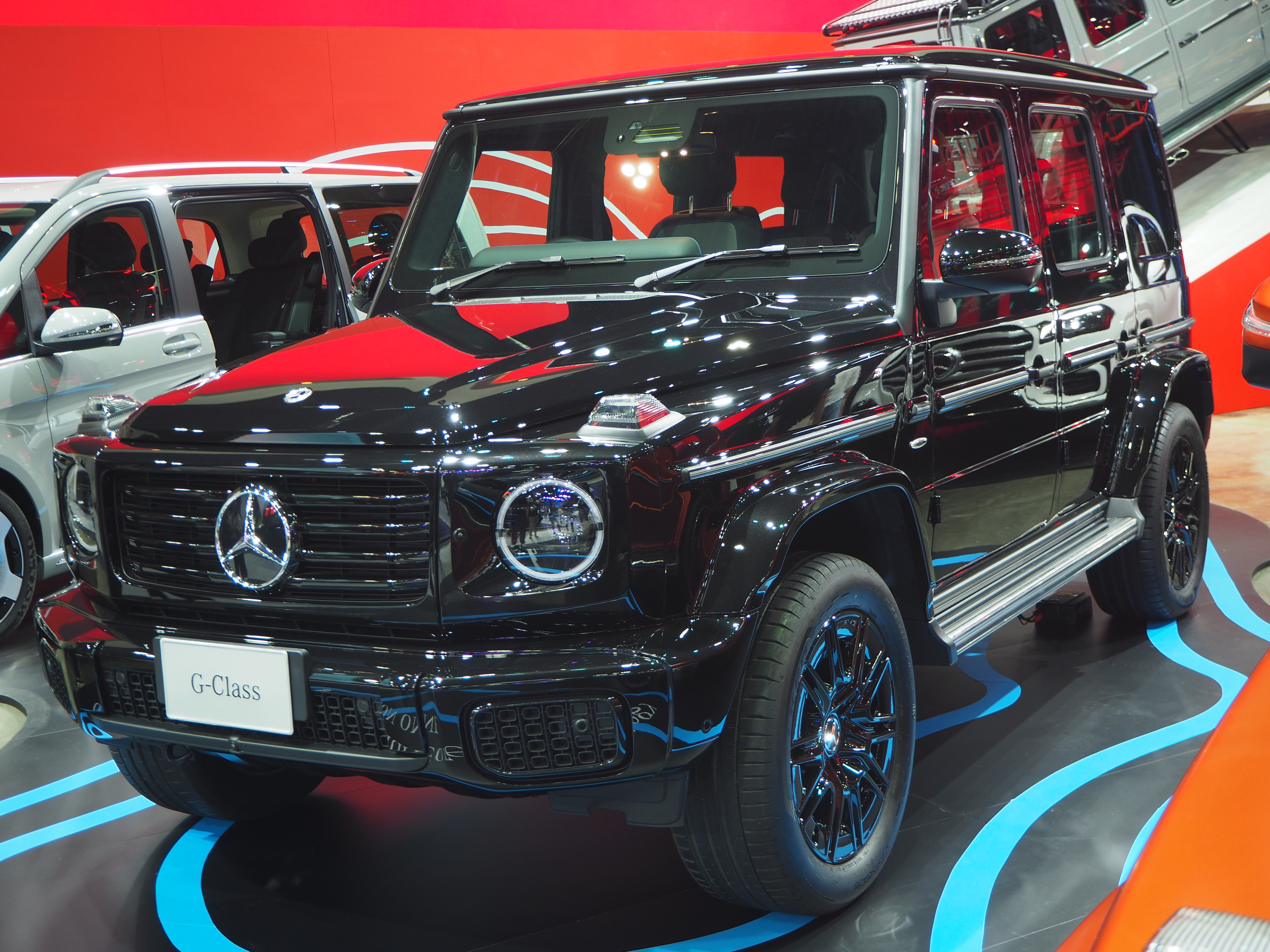
3. **Mercedes G-Class G580: A Luxury Flop in Sales**: Another luxury electric offering from Mercedes-Benz, the all-electric G-Wagen, now known as the G-Class G580, carries with it the heritage of a 45-year-old design, famously rugged and boxy. Massively updated in 2022, this vehicle was poised to bring an iconic off-roader into the electric age, promising extreme capabilities like wading through deep water and performing unique “tank turns.” However, its entry into the luxury EV market has been anything but triumphant.
Despite its impressive specifications and a staggering price tag of $162,000, sales of the electric G-Class SUV have been woeful, to put it mildly. German newspaper Handelsblatt revealed that Mercedes sold just 1,450 G-Class G580 off-roaders in Europe through to April of this year. This figure stands in stark contrast to its cheaper combustion variants, which collectively sold 9,700 units over the same period, clearly indicating a significant market rejection of the electric model.
An unnamed company insider cited by Handelsblatt went so far as to call the G580 a “complete flop” since its launch in April last year. This unofficial but candid assessment highlights the profound disappointment within the company regarding its market performance. The vehicle’s rugged, boxy design, while classic, starkly contrasts with the aerodynamic and svelte aesthetics often favored by other electric vehicles, which might contribute to its struggles in an increasingly design-conscious EV market.
Furthermore, potential trade tensions could further impede its recovery. With the possibility of tariffs of up to 50 percent on imported cars from Europe, Mercedes may not be able to rely on the US market to offset the poor European sales for its electrified G-Wagen. While Mercedes-Benz’s official stance, articulated by PR officer Markus Nast, emphasizes flexibility and customer choice, the sales figures speak volumes about the challenges faced by this high-priced luxury electric SUV in finding its footing.
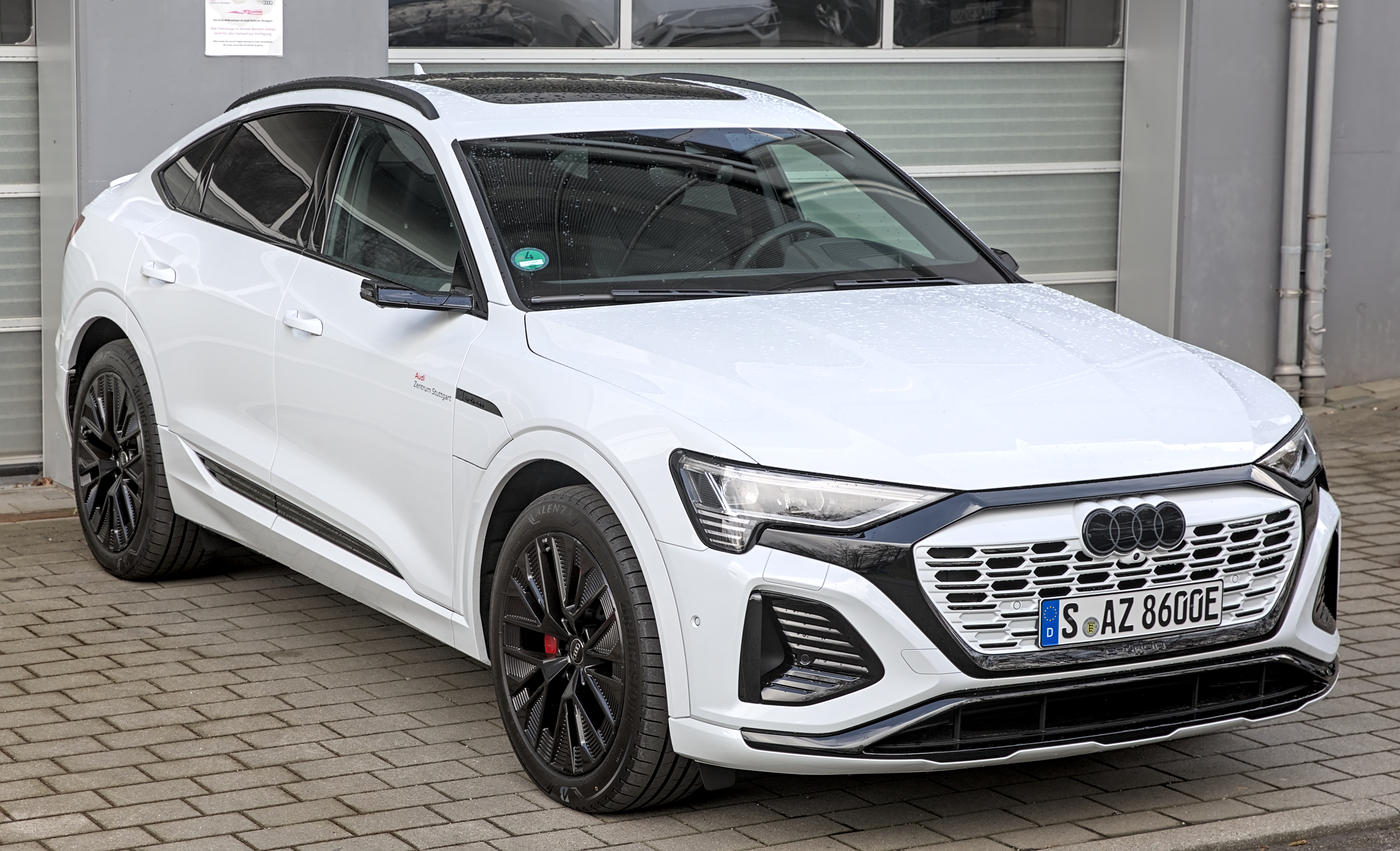
4. **Audi Q8 E-tron: The Swift End of a Luxury Line**: The Audi Q8 E-tron stood as another premium offering in the luxury electric SUV segment, aiming to build on Audi’s design language and technological prowess. As a significant player in the e-tron family, it represented Audi’s commitment to expanding its electric lineup. However, its journey has been unexpectedly brief and decisive, concluding with its discontinuation, a stark indicator of the challenges facing some luxury electric SUVs.
The fate of the Q8 E-tron was sealed after the February closure of Audi’s Belgian factory, with the company citing a “global decline in customer orders in the electric luxury class segment” as the reason. This direct admission from Audi highlights a troubling trend: while global sales of EVs in general may be “going gangbusters,” the luxury electric segment appears to be facing specific headwinds, leading to a significant shortfall in demand for models like the Q8 E-tron.
This discontinuation is a dramatic illustration of market rejection, signaling that even well-appointed luxury electric SUVs can fail to capture sufficient consumer interest to sustain production. The closure of an entire plant dedicated to its manufacture underscores the severity of the sales decline, suggesting that the Q8 E-tron simply could not justify its continued existence in the marketplace, despite its luxury aspirations.
Industry experts like Peter Wells explain the underlying economic pressures: “Large premium EVs require very large batteries to match anything like the performance of typical ICE versions, and this increases their price.” This inherent cost structure, combined with market disinterest in luxury electric SUVs at high price points, created an untenable situation for the Audi Q8 E-tron. Its swift end serves as a cautionary tale for other luxury automakers venturing into this challenging and competitive segment, illustrating that a premium badge alone is no guarantee of success.”
Navigating the world of luxury electric SUVs can indeed feel like a journey fraught with unexpected turns and hidden pitfalls. While the previous section highlighted specific models that have disappointed, the ‘nightmare’ for many owners often extends beyond individual vehicle flaws, touching upon systemic issues that permeate the entire luxury EV ecosystem. These challenges range from the very infrastructure supporting these vehicles to the nuances of ownership that emerge only after the initial purchase.
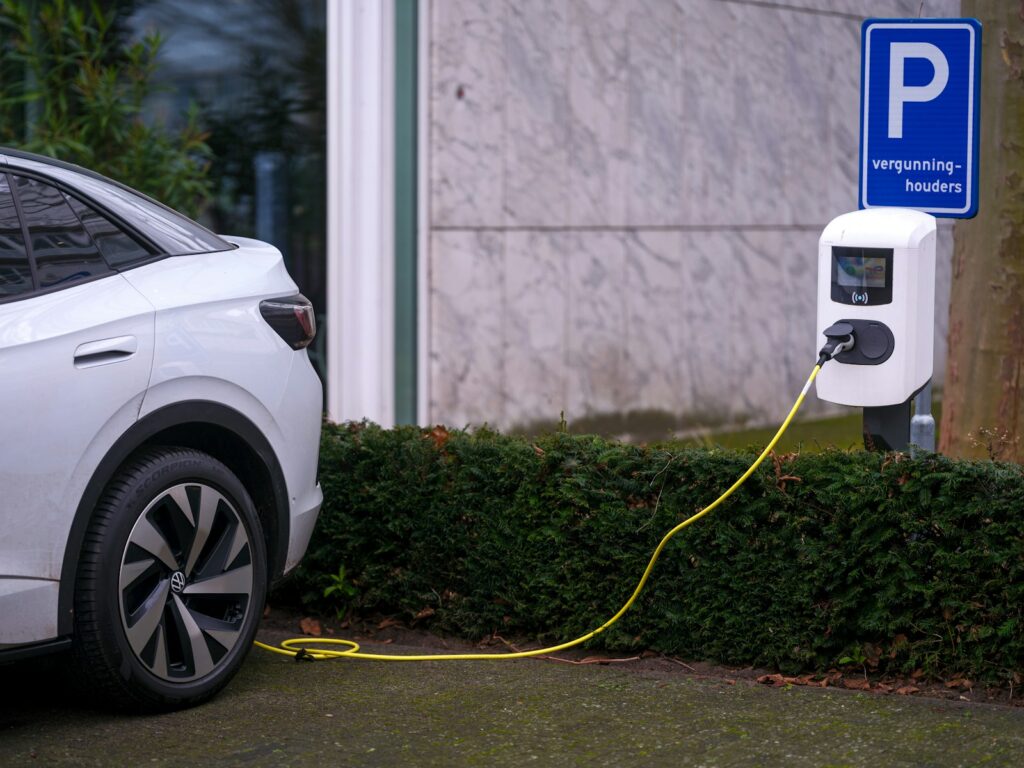
5. **The Unpredictable Nightmare of Charging Infrastructure**: One of the most frequently cited frustrations by electric vehicle owners, especially those new to the technology, revolves around the inconsistency and inadequacy of charging infrastructure. The promise of seamless electric travel often clashes with the reality of public charging stations that are either out of service, inconveniently located, or simply too slow to be practical. This creates a significant hurdle for those who have invested heavily in a luxury EV, expecting a premium experience that includes reliable and accessible charging options.
Stories abound of drivers meticulously planning routes only to arrive at a designated charging station that is closed or broken, effectively stranding them far from another viable power source. This scenario, a genuine fear for any EV owner, transforms a routine trip into a high-stakes ordeal. The inconvenience is further compounded when a driver must wait for an extended period, as experienced by one Ford F-150 Lightning owner during a bitterly cold Thanksgiving weekend, where both available chargers were occupied, one by a vehicle that had already finished charging.
Even when chargers are available and functioning, the speed of charging can be a major letdown. Public charging stations that deliver charge at an agonizingly slow rate can force owners to sit for hours, turning what should be a quick top-up into a significant time drain. This stands in stark contrast to the rapid refueling experience of traditional gasoline vehicles, making the transition to electric feel like a step backward in convenience for some.
The pervasive issue of ‘range anxiety’ is a direct consequence of this unreliable infrastructure. Owners of vehicles like the VW ID.4, for instance, admitted to being reluctant to take drives over 100 miles without “extensive planning” due to the scarcity of available chargers. While the situation is slowly improving, the psychological burden of constantly monitoring battery levels and planning charging stops adds an unwelcome layer of stress to the luxury driving experience, undermining the promised tranquility of electric mobility.
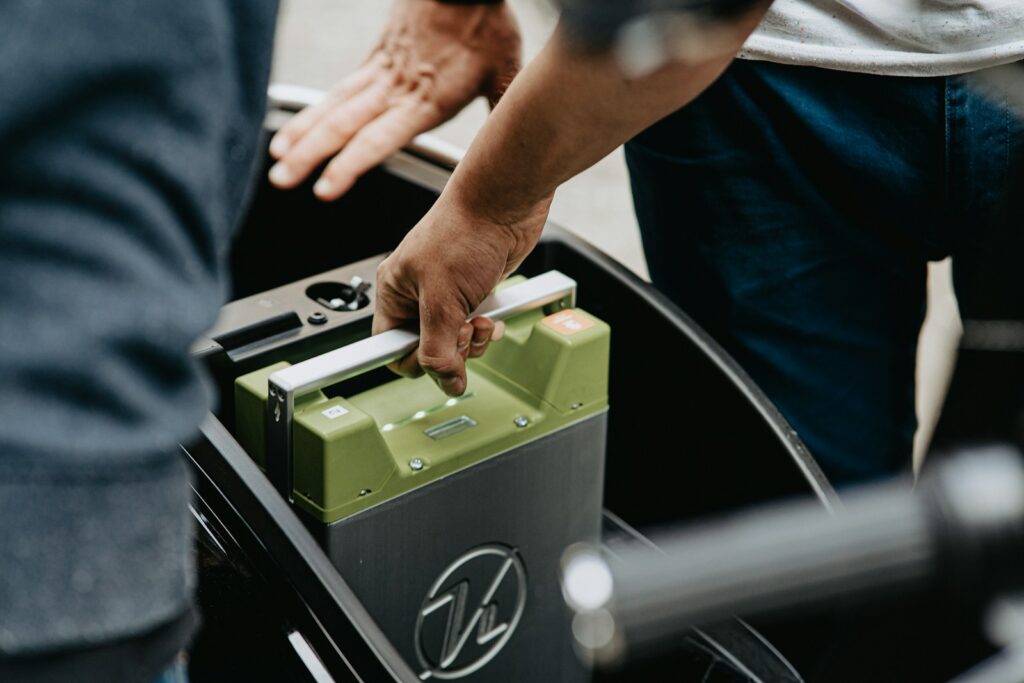
6. **The Hidden Costs: Beyond the Purchase Price**: Investing in a luxury electric SUV often comes with the expectation of reduced long-term operating costs, particularly in fuel and maintenance. However, many owners are discovering that the initial savings can be offset by a range of unforeseen or underestimated expenses, turning the dream of cost-effective luxury into a financial burden. These hidden costs can significantly impact the overall value proposition and owner satisfaction, raising questions about the true economic viability of high-end EVs.
Among the most alarming potential expenses is the cost of battery replacement, a fear that looms large for many EV owners. While specific figures for luxury EV battery replacements are often not readily available, numerous “horror stories” circulate about individuals facing wildly expensive bills for necessary battery swaps once their warranty expires. This concern about a single, incredibly costly component replacement can overshadow any perceived savings on fuel or routine maintenance.
Another significant and often overlooked cost is tire wear. The instant torque and powerful acceleration inherent to electric vehicles, especially luxury performance models like the Tesla Model 3, can lead to remarkably rapid tire degradation. One software engineer reported completely wearing out an original set of tires in just six months, costing approximately $1,500. This unexpected, recurring expense forces drivers to adjust their driving habits, dampening the thrill of their powerful EV.
Furthermore, insurance costs for electric vehicles, particularly luxury models, can be substantially higher than for comparable gas-powered cars. This contributes to the overall “long-term cost” nightmare, as owners may find their annual premiums significantly higher. The Lucid owner who switched to an Acura ZDX explicitly cited insurance costing “half as much” for the Acura, highlighting how this financial factor can push owners away from new luxury EV brands, even when they appreciate the car itself.

7. **A New Kind of Discomfort: EV Motion Sickness**: As electric vehicles become more prevalent, an unexpected side effect is emerging as a significant ‘nightmare’ for some passengers: an increased propensity for motion sickness, characterized by headaches, dizziness, and nausea. This unique comfort issue stems from the fundamental differences in how electric cars operate compared to their traditional internal combustion engine (ICE) counterparts, creating a sensory mismatch that can be deeply unsettling.
Electric vehicles deliver an almost silent ride with remarkably smooth and sharp acceleration, a stark contrast to the familiar engine rumbles and subtle vibrations of gasoline or diesel cars. This quiet operation means the brain misses the usual auditory and physical cues it typically uses to anticipate and synchronize with vehicle movement. The lack of these familiar markers can lead to a disorienting gap between what passengers see, what their inner ear senses, and what their body feels, throwing their system off balance.
Scientific studies have begun to confirm this link, specifically identifying seat vibrations and the use of regenerative braking systems as key culprits. Regenerative braking, which efficiently slows the car without the typical jolt of friction brakes, can create an unfamiliar deceleration sensation, further exacerbating the sensory conflict. When these visual, vestibular, and proprioceptive inputs do not align, the body’s equilibrium is disturbed, often resulting in symptoms like nausea and dizziness.
Passengers tend to be more vulnerable to motion sickness than drivers because they lack control over the vehicle’s movements, making them passive recipients of these conflicting signals. Researchers are exploring solutions like introducing artificial low-frequency sound signals (around 100 Hz) to mimic engine noise, or employing smart lighting and seat vibrations to provide additional cues. Simple advice, like focusing on the road ahead instead of screens, remains relevant, but addressing this inherent EV characteristic is crucial for long-term passenger comfort and wider adoption.



